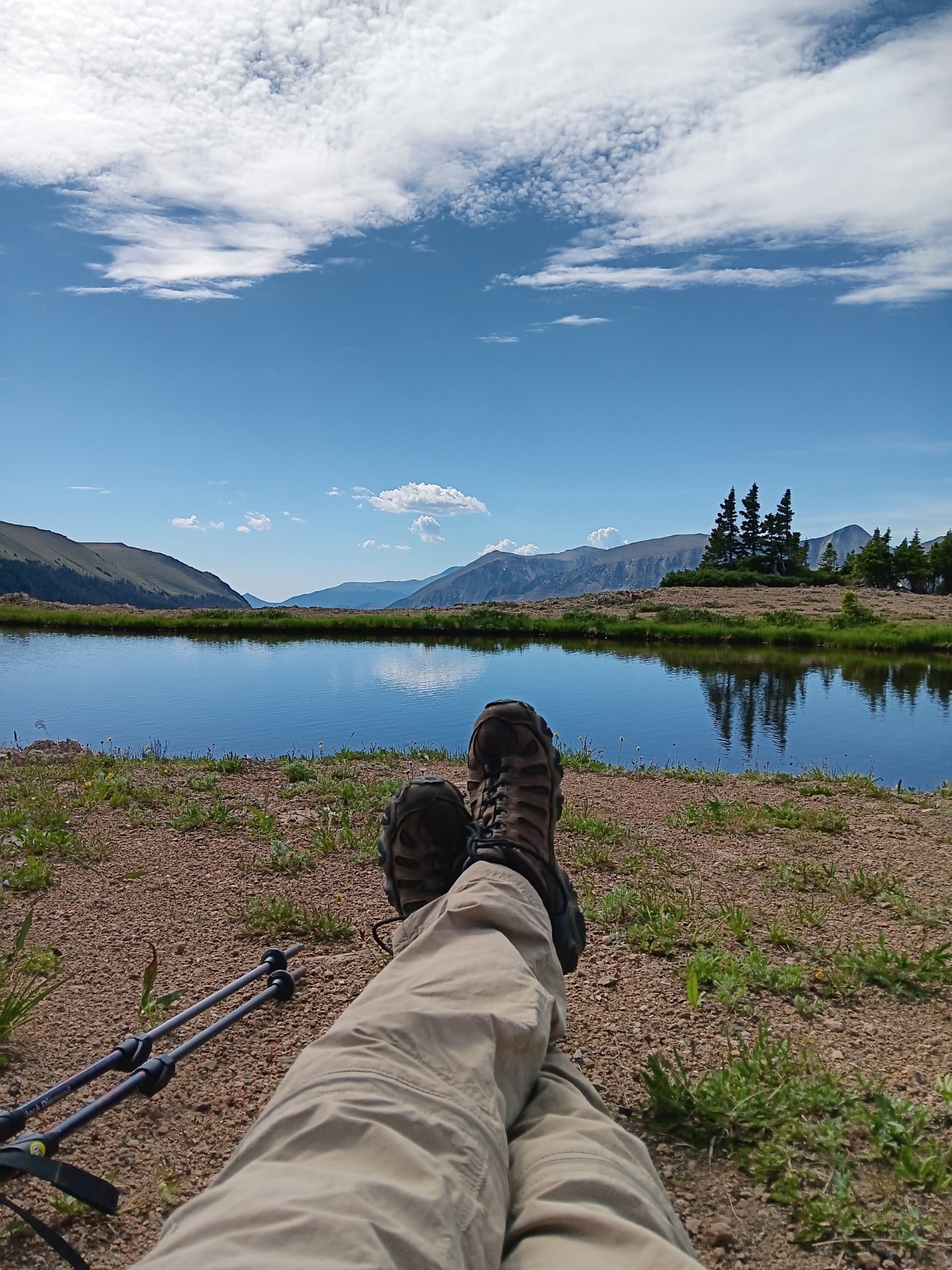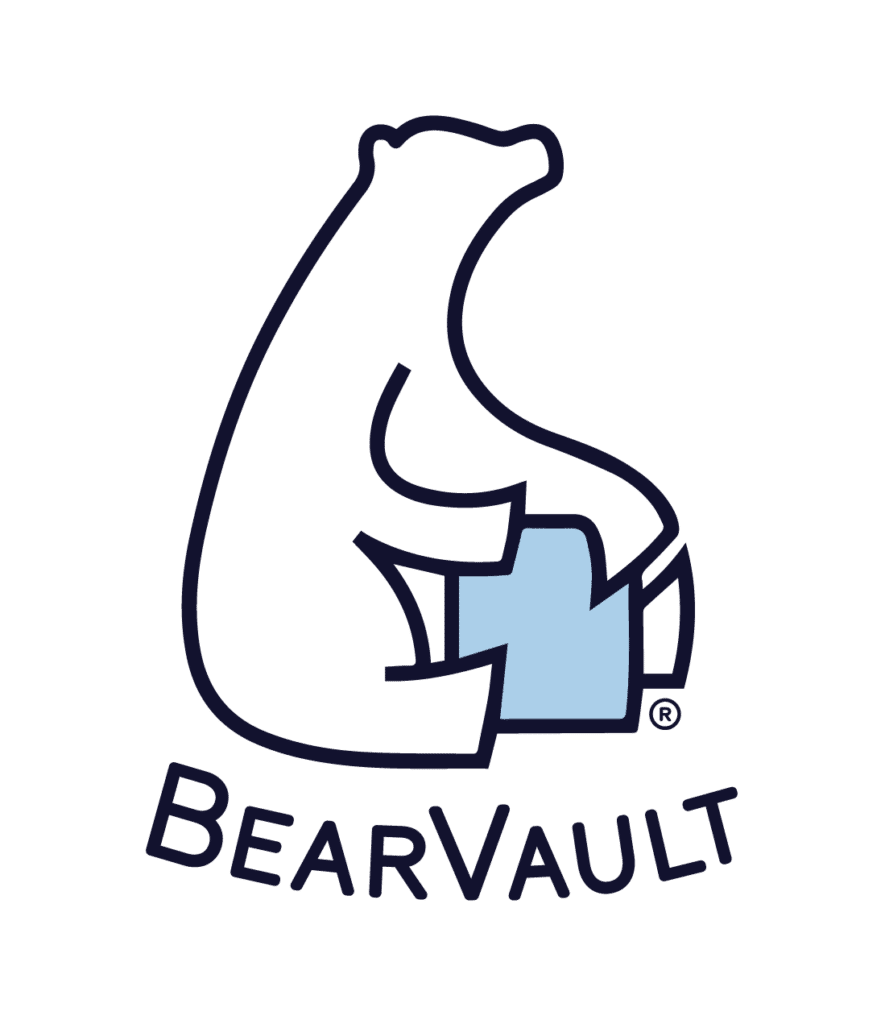Before our recent ten day trip to Rocky Mountain National Park, it had been almost thirty years since my buddy Dick and I had last slept outside in the woods. While so much has changed over the past three decades, the fundamental pleasures of being outside all came back: coming upon an alpine lake after a long, dusty hike; seeing the Milky Way in the middle of the night; being surrounded by wildlife in their own habitat.
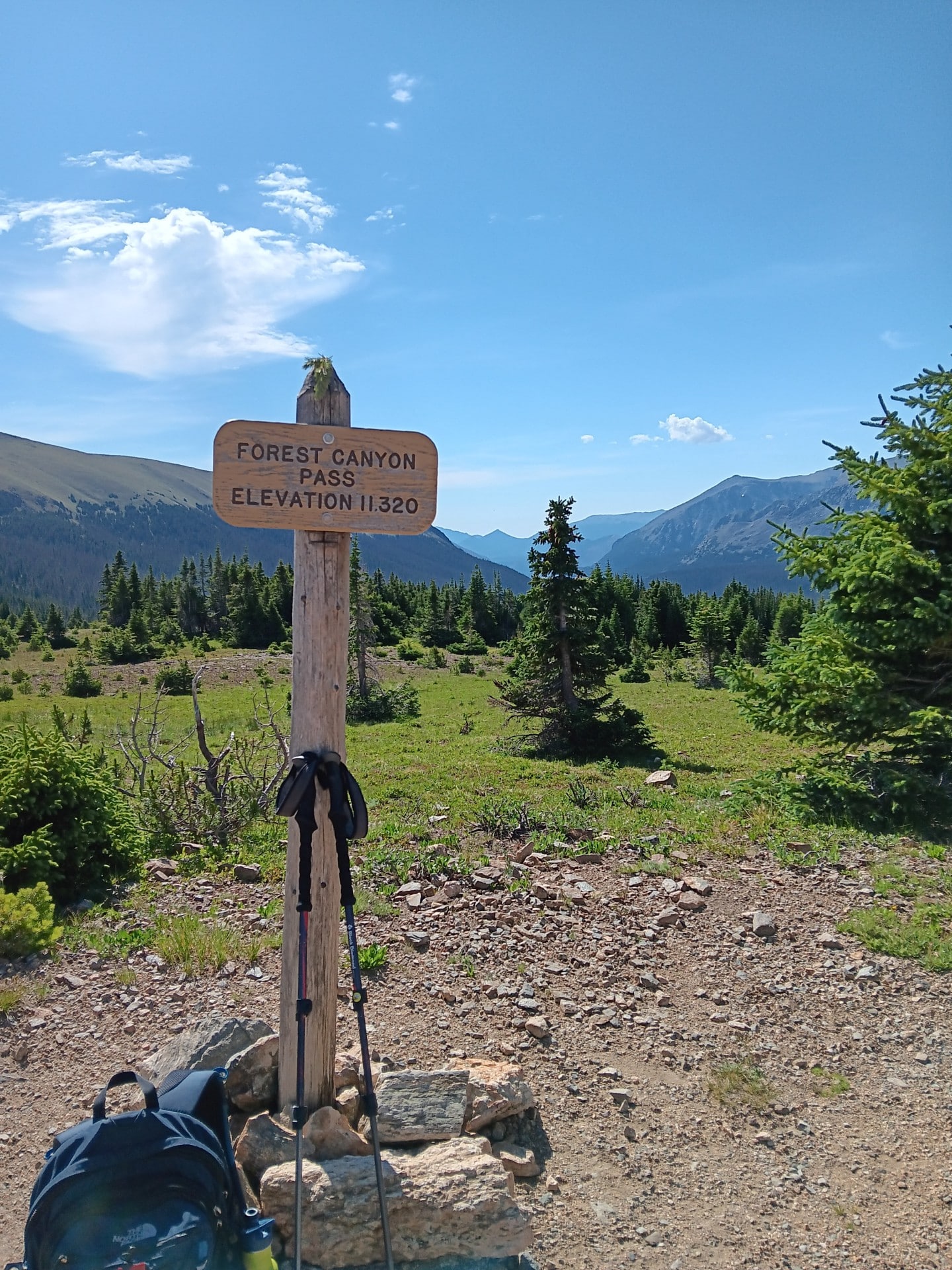
Our trip was rewarding and fulfilling in so many ways that I’m already planning next year’s adventures. I learned a number of lessons along the way which will come in handy when planning for future trips:
1. When figuring out the logistics of your backpacking/hiking trip, it’s not just about the miles.
Distance, in and of itself, is only part of the equation. In determining the routes you want to take, you need to also consider: how much climbing will be involved; the altitude you will be hiking at; and typical weather patterns in the area. One of our “easier” days involved only about five miles of day hiking, but we were up at 11,500’ feet with no protection from the sun, and carrying full daypacks (raingear, extra jacket, food, water bottles). And we had just completed a three-day backpacking trip in the middle of the park. No wonder we were so tired at the end of what was supposed to be an “easy” day!
2. In retrospect this may sound obvious, but if you’re flying across the country to begin your backpacking trip, you don’t have to buy all your food ahead of time.
In our case, because it had been so long since we had last been backpacking, we bought ALL our food weeks in advance and packed it up for our flight to Denver. In fact, pretty much everything that we wanted to eat could have easily been purchased in Estes Park, which is the gateway town right outside the Park entrance.
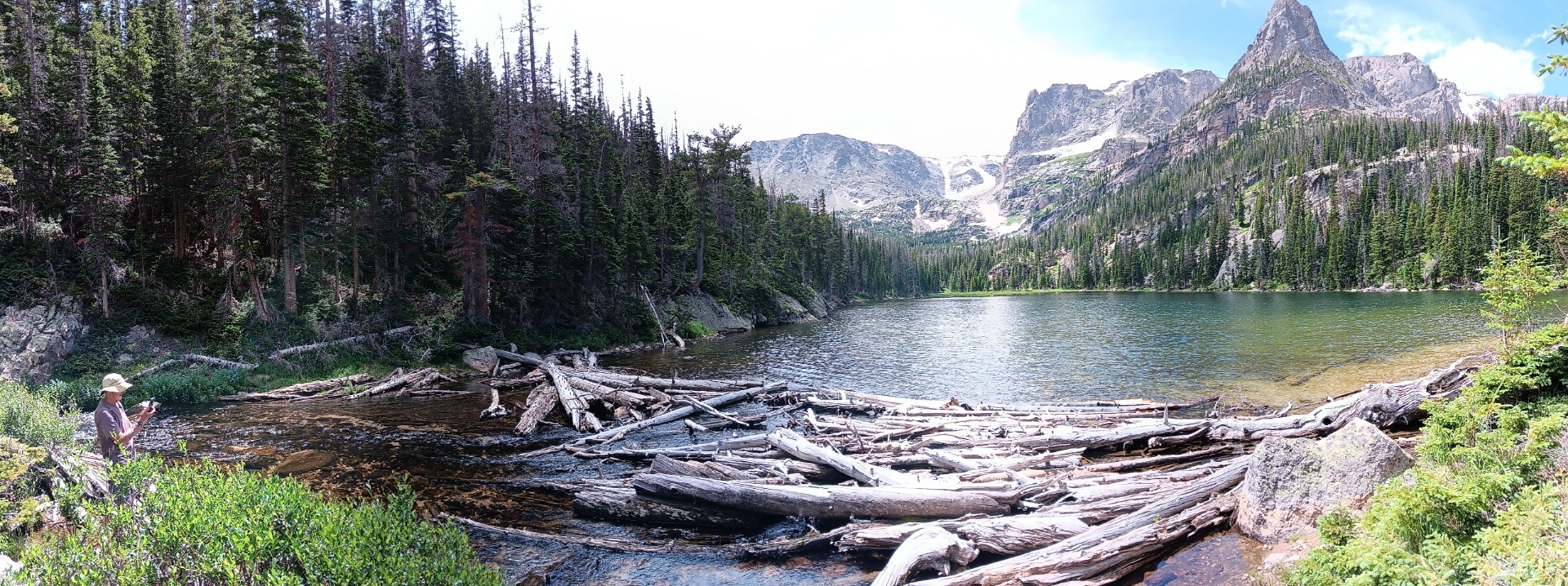
If there’s something that you absolutely have to have on your hike that you don’t think you will be able to find in town right before your hike, by all means pack it up and bring it along. But you can easily check to see if your gateway town has a Trader Joe’s or a Whole Foods or an organic grocery store. Since Estes Park has a huge Safeway Supermarket and a number of mountaineering stores, we would have been just fine had we waited to shop in town (and our checked luggage would have been much lighter!).
3. Even if you don’t see a bear on your trip, your bear canister will still come in super handy.
The reality is that only between 20 – 30 black bears call Rocky Mountain National Park their home. Given the size of the Park and the relatively small number of bears , the chances of a bear encounter are pretty slim. Nevertheless, we were very diligent in keeping our campsites clean from food scraps and storing all our food and scented items in our BearVaults. And that’s important because there are other animals out there as well who will be attracted to your food.
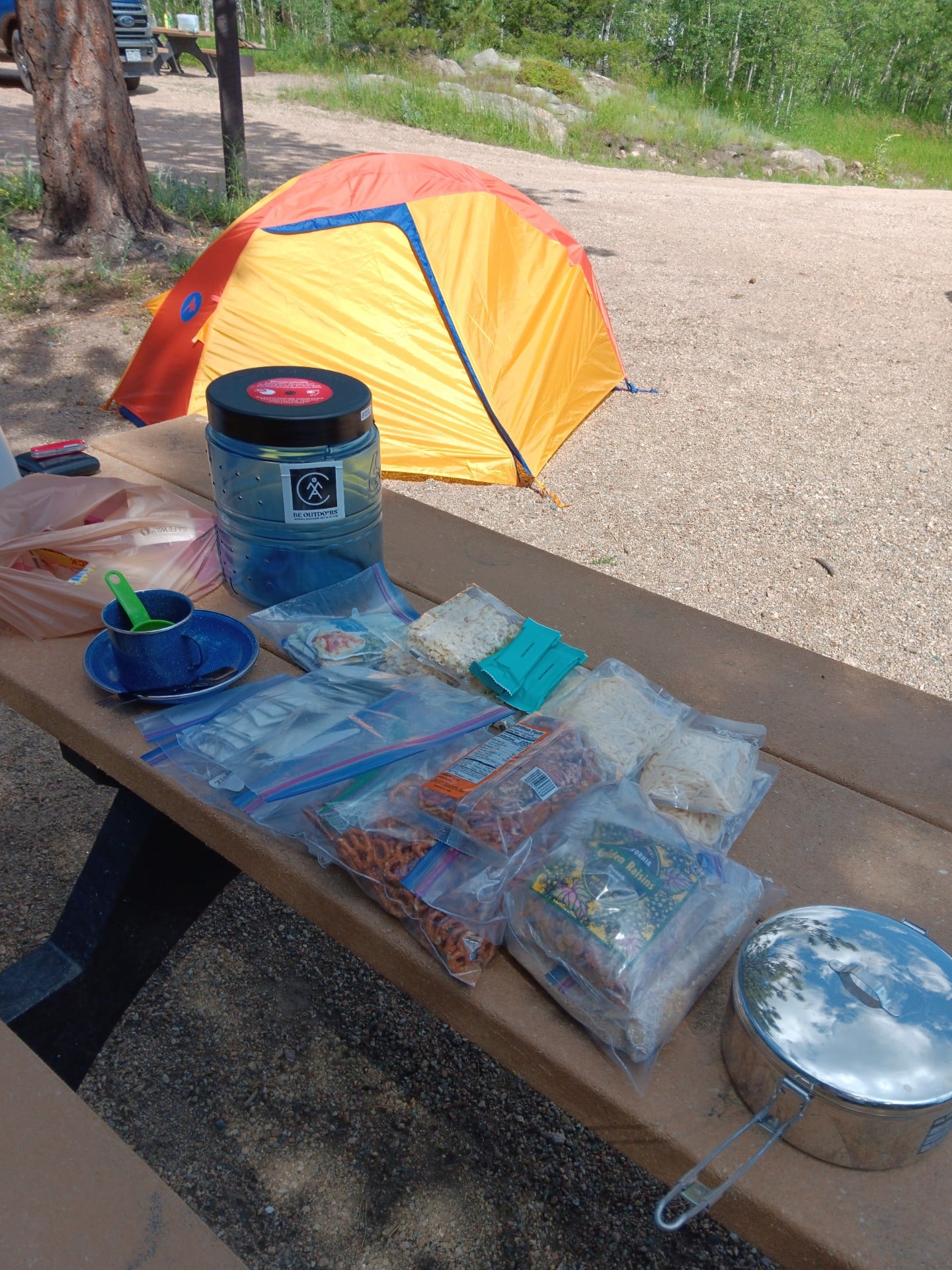
In our case, we were visited by a red fox, a mule deer, numerous squirrels and chipmunks, and a very large jackrabbit. Not only did the bear canister keep our food (and toothpaste/sunblock) safe from these other visitors, but the canisters also made great stools to sit on as we ate our breakfasts and dinners. One afternoon Dick even filled up his canister with water from the nearby creek and used it as a “shower” to clean up after a long day of hiking.
4. The higher up you go, the more critical it is to have proper sun protection.
Once you get up above the treeline (which was a little above 10,500’ on our hikes), not only are the solar rays more intense but you no longer have a canopy of tall trees to give you shade and protection. Don’t be afraid to wear a dorky-looking hat that offers real protection for your face and neck. And don’t hesitate to hike in a lightweight long-sleeved shirt that provides thorough skin coverage and protects against a broad spectrum of UV light. On our day hike along the Ute Trail, which starts at 11,700’, I even had on a pair of lightweight hiking pants to protect my legs from sun exposure.
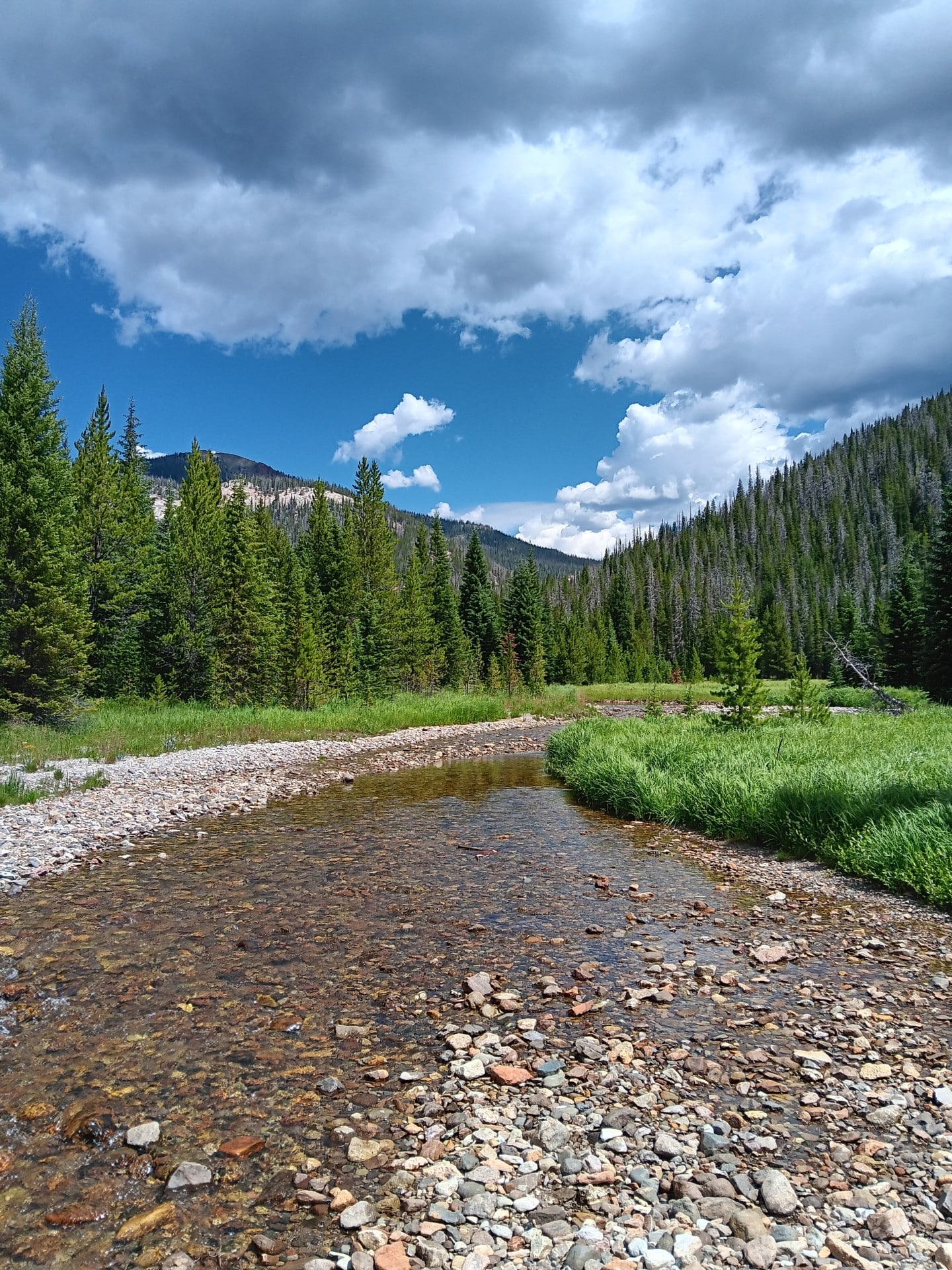
5. Plan out your trip in advance and get your wilderness permits as soon as you can.
This was probably the biggest change for me to wrap my head around. Thirty years ago, if you wanted to go backpacking in RMNP or Yosemite, or any of the national parks, it was a simple matter to figure out your route and then just get your permits (often the day before your trip). There simply wasn’t the competition there is today for wilderness sites. The problem is navigating the recreation.gov website; backcountry campsites often fill up within seconds of their becoming available. Of course, part of the problem was that Dick and I were going backpacking during the last two weeks of July, arguably the absolute most popular time of year to go hiking.
Next year I’m going to look for something either early in June or toward the end of August, when hopefully the crush for wilderness permits won’t be quite as crazy. The good news is that oftentimes people cancel their backcountry reservations at the last minute (apparently this happens at RMNP “way too often” according to one backcountry ranger) and so if you are able to wait until the last minute, there’s a pretty good chance that something will open up.
6. There’s something to be said for getting out of your comfort zone.
Given that my last backpacking trip was a good 28 years ago, I was honestly a bit apprehensive about a variety of things: Was my pack going to be too heavy? How would my brand new tent hold up in a thunderstorm? How was I going to adjust to the altitude? What foods should I bring to eat? And was I going to get along with my hiking buddy for ten straight days of hiking? So yes, a lot of things to worry about.
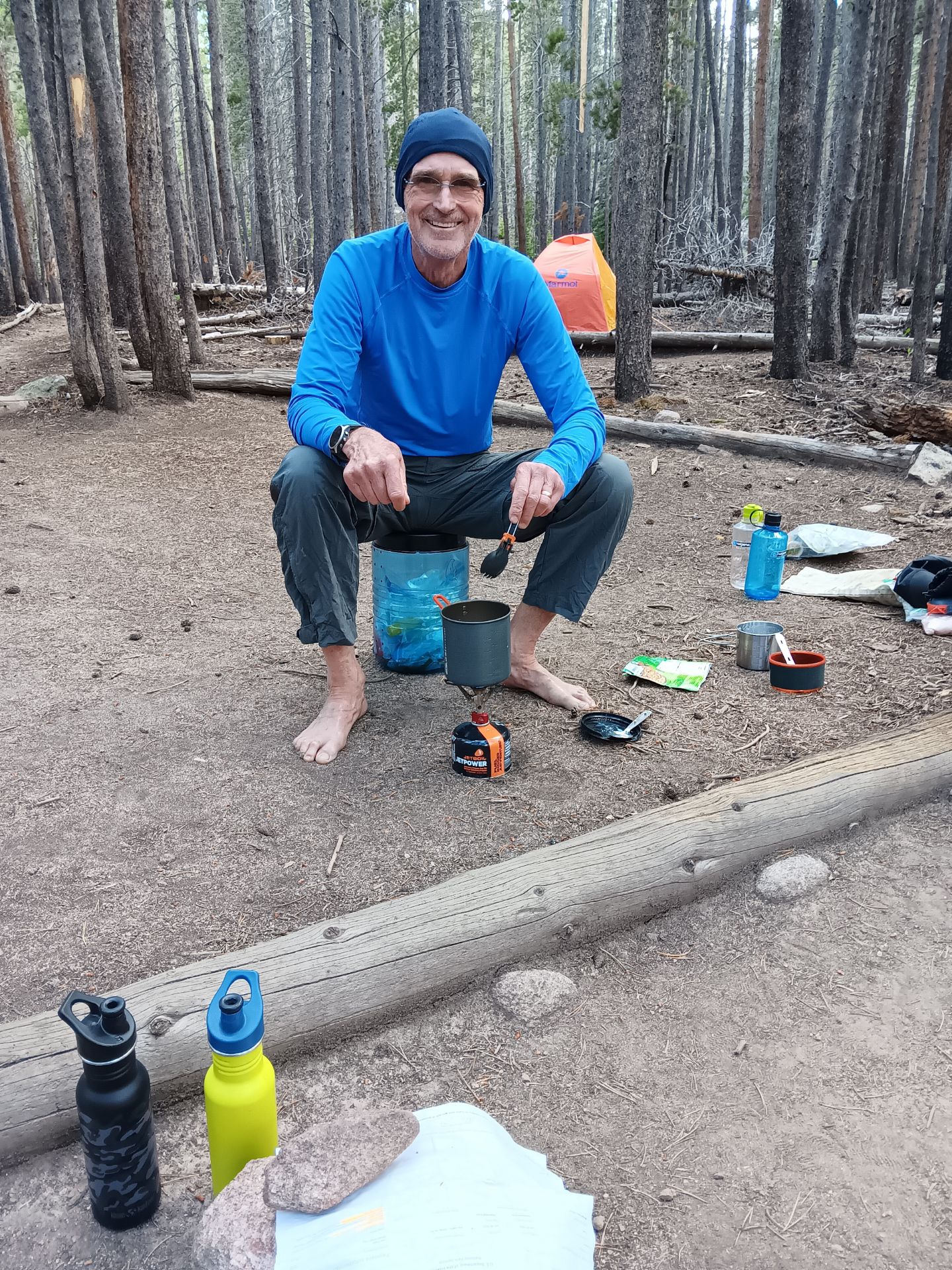
As it turned out, everything worked out just fine. Yes, the packs were heavy, but they were still manageable. The new tent kept me perfectly dry during two fairly intense thunderstorms. I drank a ton of fluids during the day and never had a single issue with altitude sickness, even though we were up above 12,000’ at our highest. Ramen noodles with a sesame-soy dressing taste pretty darn good at the end of a long day of hiking. And my buddy and I got along perfectly during the trip.
So yes, there was some initial trepidation. But now having done it and having thoroughly enjoyed each day, I am proud that I was willing to take myself out of my comfort zone and do something exciting and challenging. Bottom line: I’m already looking at maps and guide books to plan out 2024!

